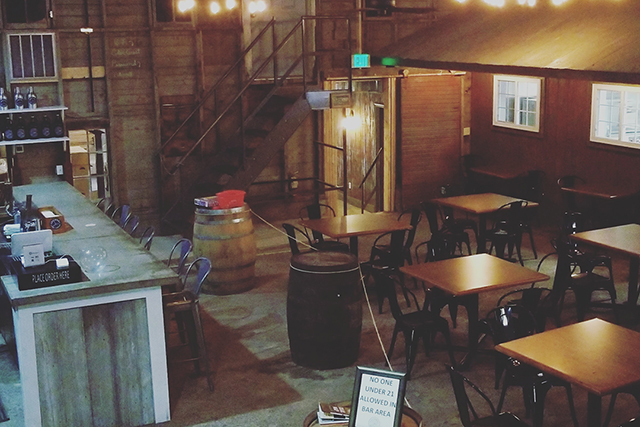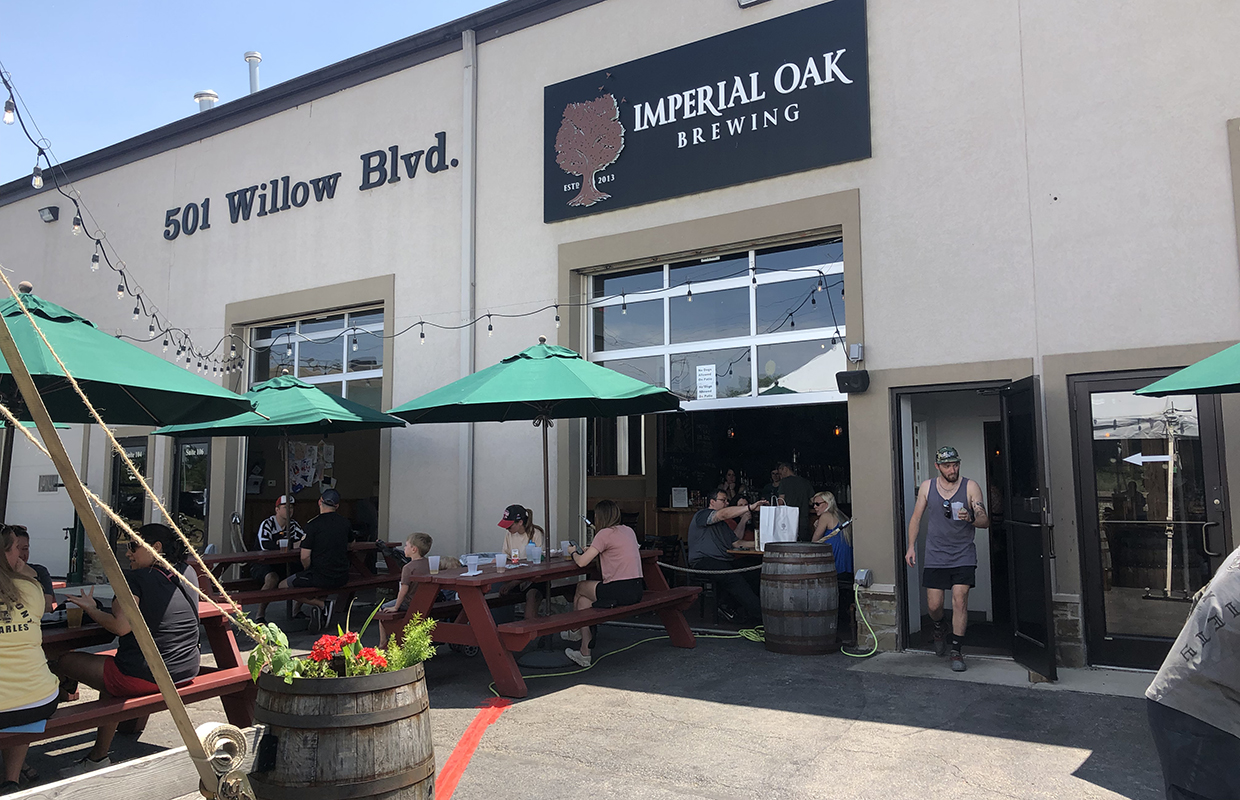
Tyler Butcher, the co-founder of Kekionga Cider believes a tasting room is a true reflection of your cidery’s brand.
”We provide a very relaxing atmosphere and usually one of the owners is around helping pour or sharing knowledge of the specific styles we like to make and enjoy ourselves,” the co-founder told Brewer. ”This establishes a real connection with our customers.
”At the end of the day, the company is a reflection of who we are and how we grew up.”
For Civil War Cider, Rob Antanitis said he loves the taproom because it can cultivate a culture around cider, conscientious consumerism, and meeting house ethics.
He said they used to rely almost exclusively on giving customers a lot of facetime through the Cidertenders, but now the cidery focuses on having an infographic wall, with informational growler tags and scheduled brewhouse tours.
“We are not too worried about our marketing image,” Antanitis said, “We want to create “buzz” about how “pleasant”, “cool,” and “quality,” the ciderhouse’s taproom is.
As a small business, it’s a cidery’s first responsibility to get in front of consumers and discuss the product, see their reaction, take to heart their feedback as well as present your cidery’s story about who you are, how you got there and how you make your cider, said Katie Greenfield of Jefferson County Ciderworks.
“As you grow and bring staff and sales reps in, it’s then your responsibility to pass that information onto them,” she added, “but it’s not enough to explain it, they have to experience it, so it’s your responsibility to involve them in the story.”
St. Vrain Cidery recently did a tap takeover with the Colorado Cider Company where the two introduced five small batch wild fermented and barrel-aged Ciders and Perries.
“This was a great opportunity to educate our customers on another method of cider making and how the wild fermentation and barrel-aging processes add new and interesting notes,” said St. Vrain’s Cindy Landi.
“The taproom is a great place to help tell the story about your brand,” she added. “For us we get to highlight our own products as well as 20-plus taps dedicated to other cider makers around the state.
“Our image is — hopefully — one of collaboration, in our ciders and our taproom experience. Taprooms also give you a great opportunity to connect in person with your customer. Offering so many styles of cider has really opened our eyes a bit to the style preferences of the customer. We get to see what sells well and what doesn’t.”






2 Trackbacks / Pingbacks